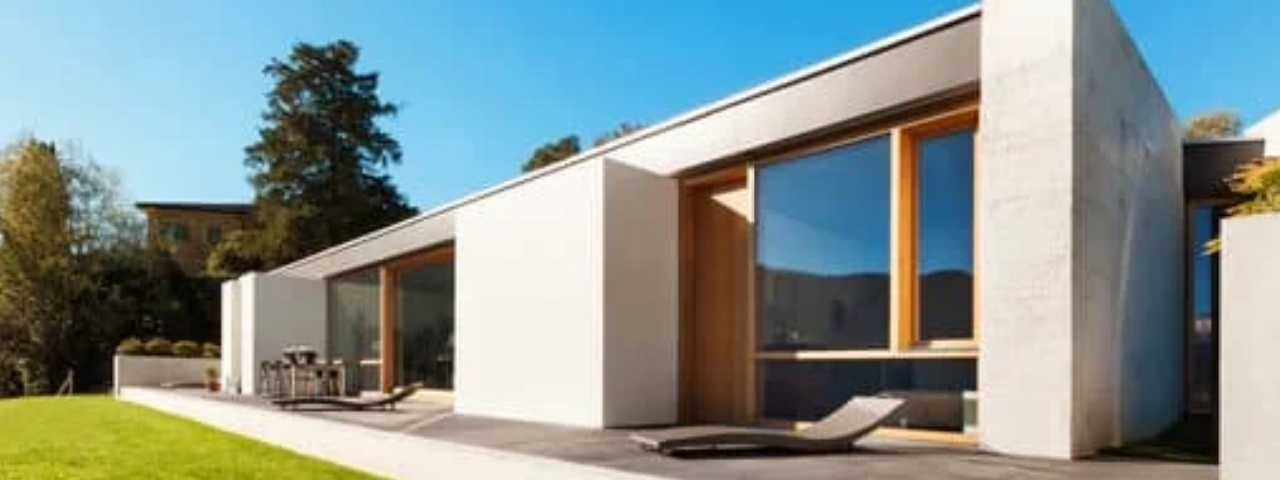 Sector
Sector
Infrastructure and Construction
Sub- Sector
Housing
Project Size
According to New Zealand Trade and Enterprise, the nationwide housing shortage stands at more than 100,000 homes. Auckland accounts for 54,000 of the shortfall. By 2041, Auckland needs 400,000 new homes according to Auckland Council. Sate housing initiatives through Kāinga Ora Homes and Communities and private developments combined, will help meet the demand for new houses. Currently nearly 90% of New Zealand homes are built via traditional methods (with pre-made frames and trusses). Offsite manufacturing currently accounts for only 10% of newly built homes. The Government target is for 50% off-site manufactured.
Looking for
Modular or prefabricated housing solutions, will be a partial solution to meet a growing local housing demand. Experienced modular house providers which can bring increased quality, speed to market and cost savings in house construction, should find good market opportunities in Auckland.
Summary
There is a growing public and private sector housing requirement to meet the housing shortage in Auckland. Auckland Council anticipates that by 2041 up to 400,000 new dwellings will be needed. New building technologies are required to fast track Auckland’s housing shortage. Both council, and the Government, acknowledge that modular or prefabricated solutions will enable speed to market and efficiency in the housing sector.
 Background
Background
Auckland is New Zealand’s largest market for building and construction, contributing 40% of total national construction value and 41% of dwelling consents in 2019. Nationwide, the housing shortage stands at more than 100,000 homes. Auckland accounts for 54,000 of the shortfall. More than half of New Zealand’s population growth between 2013 and 2043 will be in Auckland. Over a long-term period (to 2043), a conservative estimate is that Auckland’s population will grow by 0.9% per year and reach 2 million by 2038.
Modular house construction techniques are seen as a partial solution to Auckland’s housing crisis. The New Zealand Government has referred to prefabrication and off-site manufacturing as “the future of construction” due to the high quality and speed of the building approach. Yet New Zealand’s adoption of the technology continues to lag that of other countries. In New Zealand, those manufactured off-site account for only 10% of newly built homes.
In 2018 industry group Prefab NZ estimated only 3000 - 4000 prefabricated homes were built each year. Currently, nearly 90% of homes are built via traditional methods (with pre-made frames and trusses). Off-site manufacturing currently accounts for only 10% of newly built homes. The Government target is for 50% for offsite manufactured homes.
According to Prefab NZ’s Capacity and Capability Report (2018), the current available production capacity of prefabrication businesses by type is: Component 23%, Panel 79%, Pod 29%, Complete building 44%.
The New Zealand Government state housing department Kāinga Ora Homes and Communities, with its affordable housing and public housing initiatives, may help create more long-term demand for modular type construction due to a more assured pipeline. Kāinga Ora has an increased budget of an additional 8,000 state owned homes as per the May 2020 Budget and manages over 60,000 properties under the state housing programme. Kāinga Ora are delivering 1,100 net additional homes each year for the next four years and their build programme accounts for 7% of New Zealand’s residential builds.
Invest Auckland Specialist
To find out more about this opportunity please contact Andrew Carpenter
